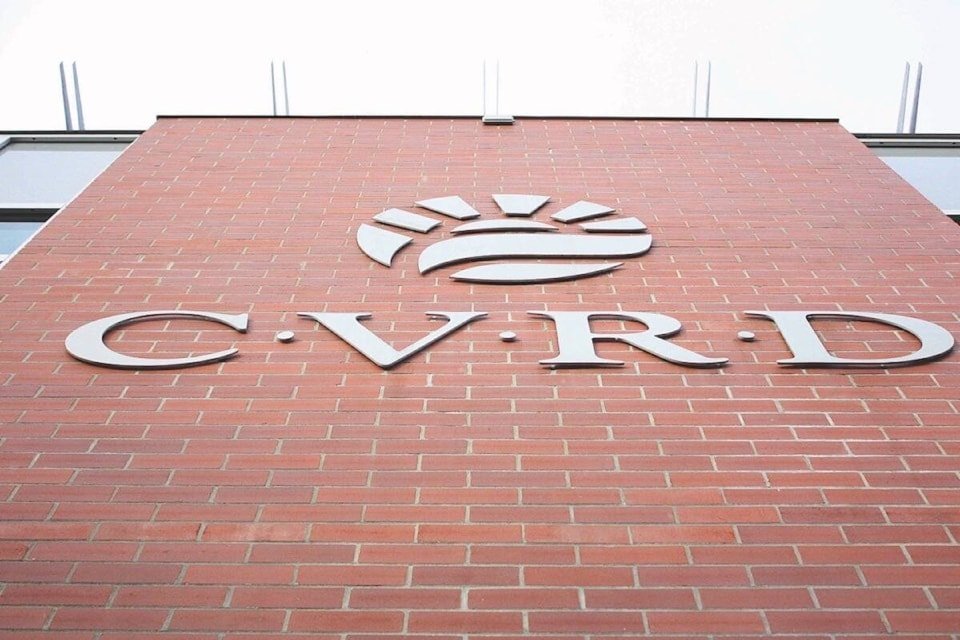More than 135 staff members working in three local governments in the Cowichan Valley earned over $100,000 in 2024. This shows a clear increase compared to 2022, when just 85 employees were paid above that amount.
The 2024 figures come from newly released financial records. They show 66 employees in the Cowichan Valley Regional District, 51 in the Municipality of North Cowichan, and 9 in the City of Duncan receiving six-figure salaries.
The highest-paid staff member in the region last year was North Cowichan’s Chief Administrative Officer Ted Swabey. He earned a total of $265,590. The second highest was Cowichan Valley Regional District CAO Danielle Miles Wilson, who received $227,174. The third was Clayton Postings, deputy CAO and general manager of strategic services at the CVRD, with a salary of $210,278.
Other top earners in North Cowichan included senior manager of financial services Walter Wiebe, who earned $206,291, general manager of planning George Farkas, who received $197,184, and utilities manager Robert Bell, who was paid $195,809.
At the CVRD, John Elzinga, general manager of community services, earned $204,495. Ann Kjerulf, general manager of land use services, received $193,397, and Barbra Mohan, general manager of corporate services, was paid $192,089.
In the City of Duncan, the top three earners were CAO Peter de Verteuil, who earned $159,985, fire chief Landis Carmichael, who received $140,856, and finance director Bernice Crossman, who was paid $139,607.
Most local politicians in the Cowichan Valley earned far less than the staff who work under them. North Cowichan Mayor Rob Douglas earned $93,472 in 2024. Other council members received between $33,000 and $35,000.
In Duncan, Mayor Michelle Staples made $37,574 last year, while councillors earned between $19,300 and $20,300.
At the CVRD, chair Kate Segall earned $57,770 in her role as a director, along with an additional salary for her duties as chair. Electoral area directors received about $52,000, while municipal directors earned around $22,704 in addition to their salaries from their respective municipalities.
The rise in high-paying public roles is part of a larger trend in many parts of British Columbia. Local governments say these salaries are needed to keep skilled professionals in demanding jobs. Positions in finance, community planning, and public services often require strong expertise and leadership, which drives up compensation.
Although these salaries sometimes raise public concern, municipalities say they follow transparent pay guidelines set by the province. These financial disclosures help citizens understand how tax dollars are spent and ensure local governments remain accountable.
As local communities expand and services grow, demands on municipal staff also increase. This often leads to more senior-level roles and higher pay rates to match the responsibilities involved.

